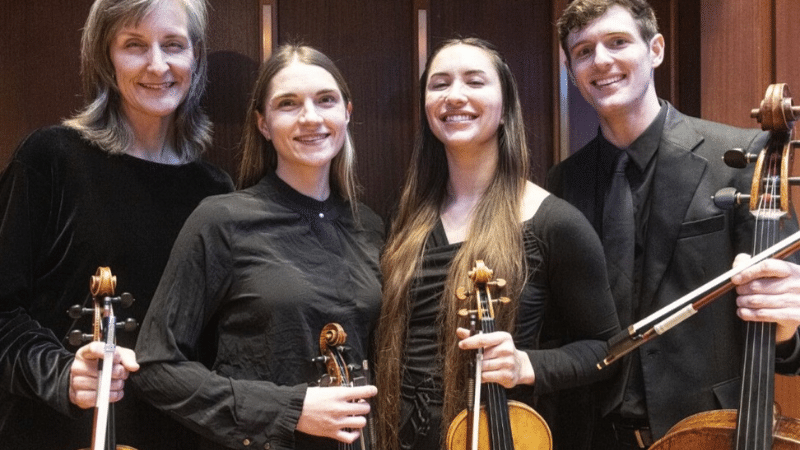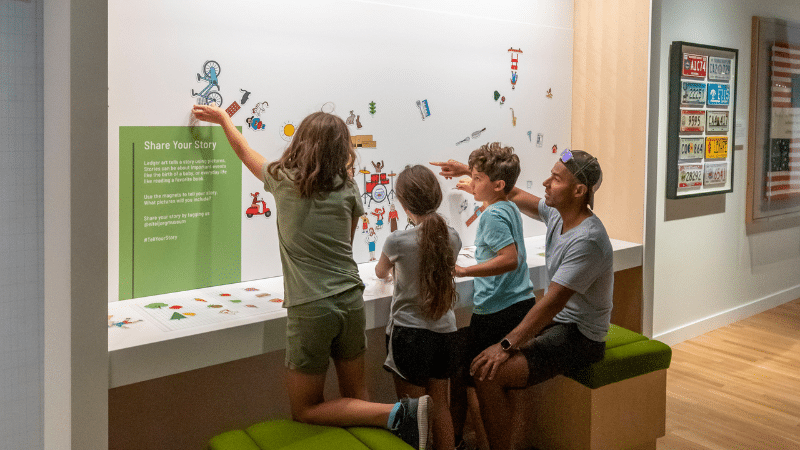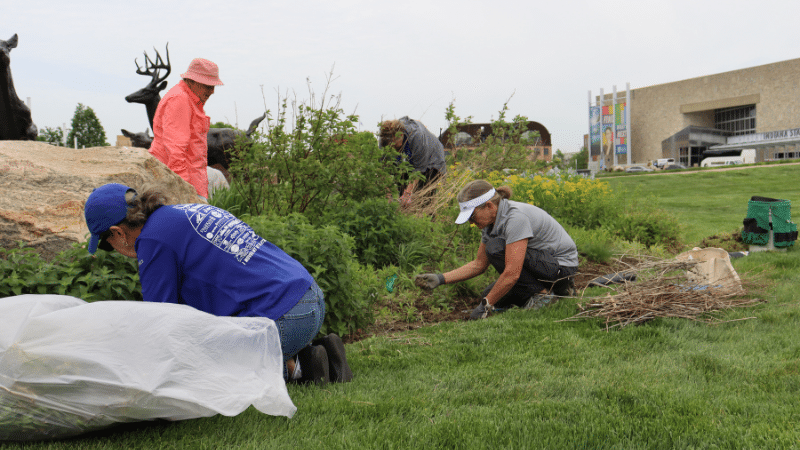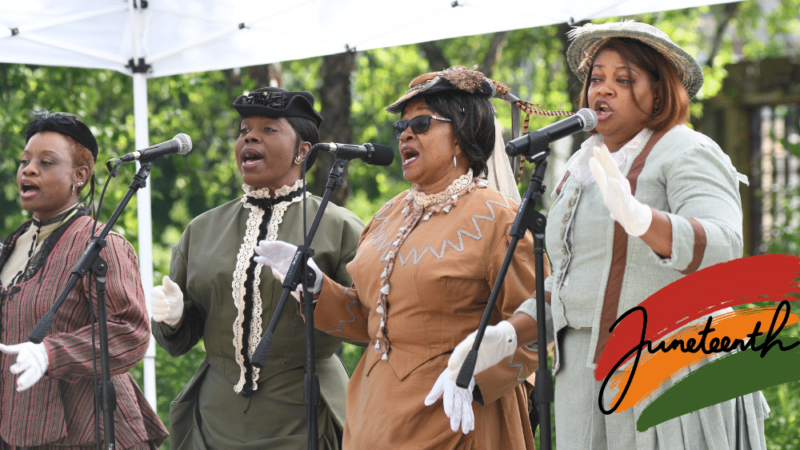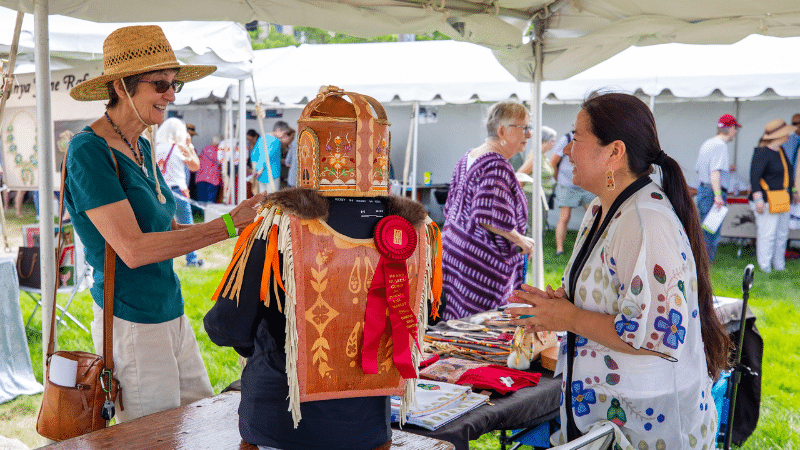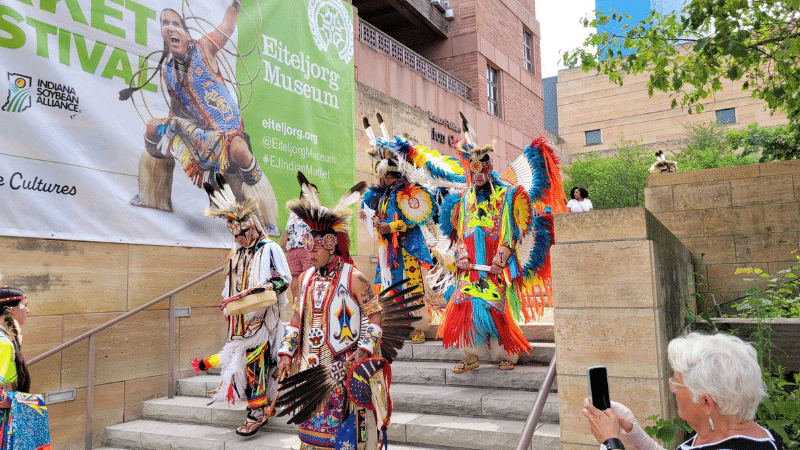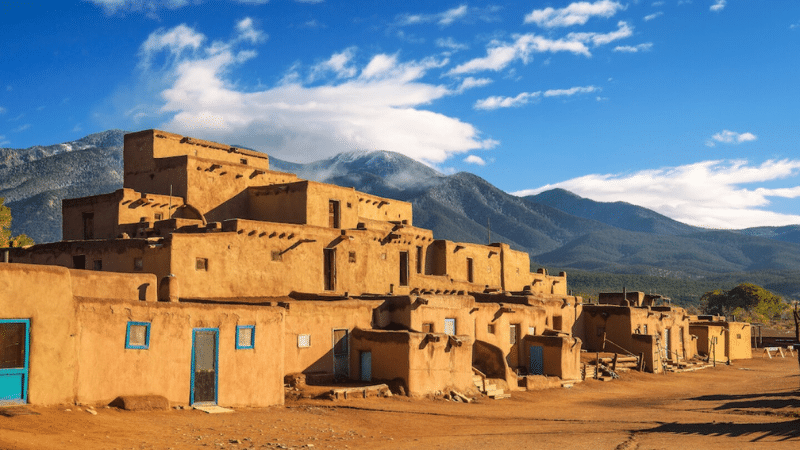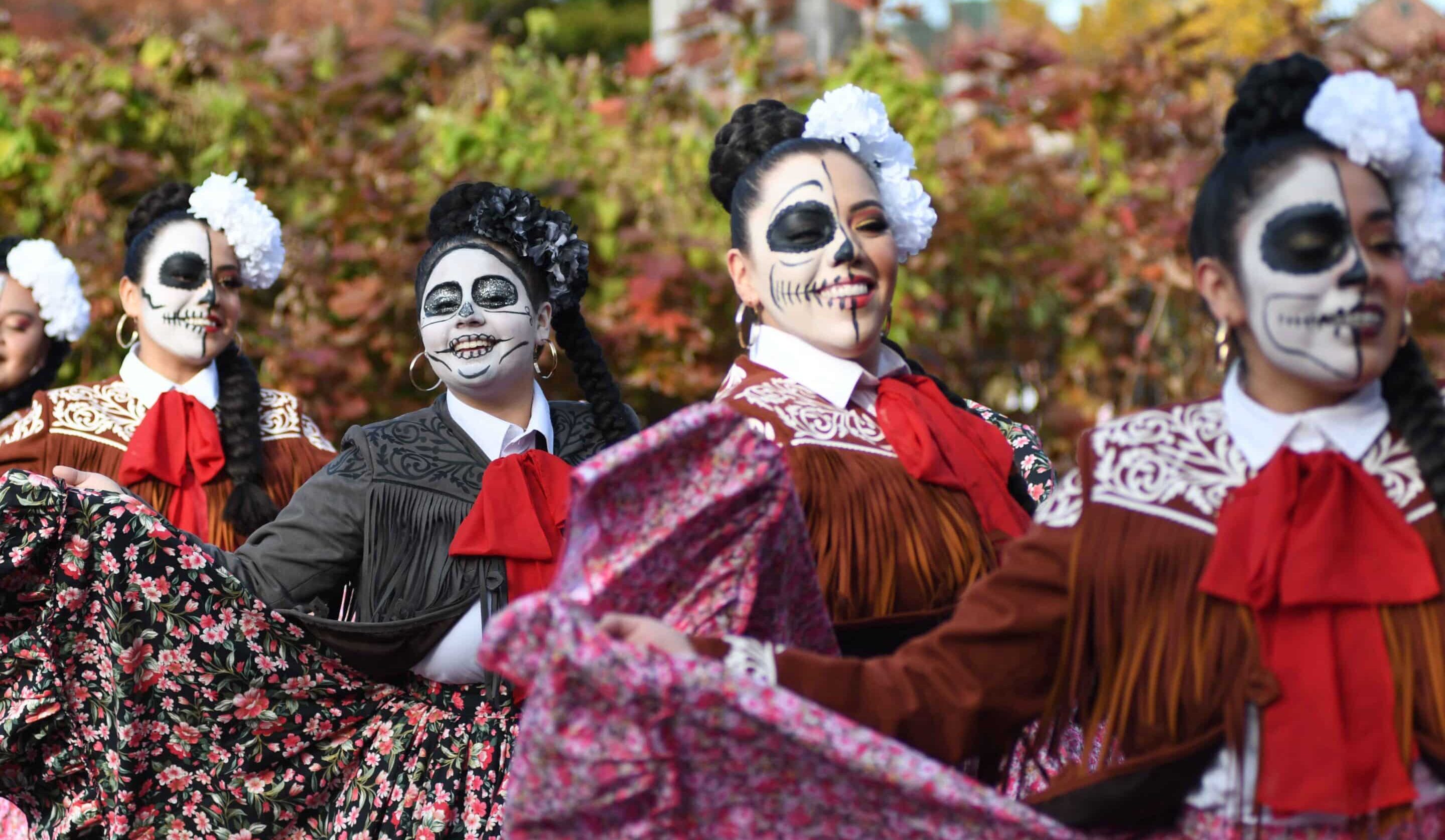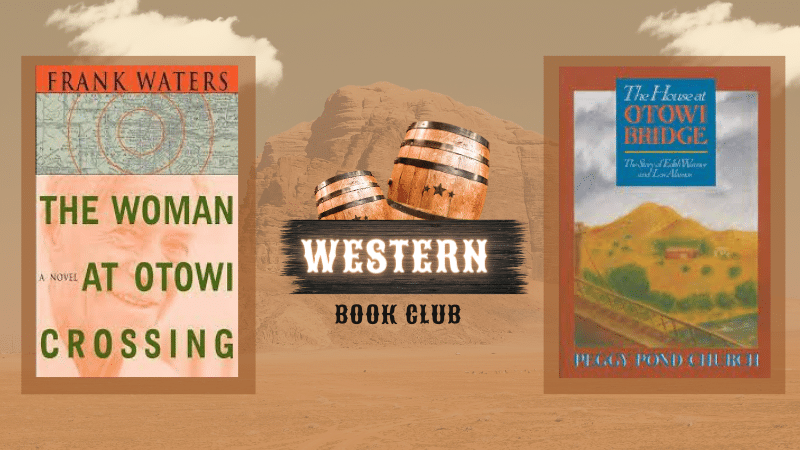Eiteljorg’s Year of Honoring Women Continues
By Elisa Phelps, Eiteljorg vice president and chief curatorial officer
 Fern Sawyer, Richuela Ranch, NM – Heading a Calf at her Spring Branding,
Fern Sawyer, Richuela Ranch, NM – Heading a Calf at her Spring Branding,
13” x 19.25” ©1988 Barbara Van Cleve
The term “hard twist” is used in association with yarn and thread. A hard twist yarn is one that has been twisted very tightly in the spinning process. The tightness of the twist gives it strength and flexibility. The same term can be used for rope, in particular manila lariat rope, made from the fibers of the abaca, which is a member of the banana family grown primarily in the Philippines. Just like yarn, the manila fiber has been tightly twisted — hard twisted — to make rope, which brings us to the Eiteljorg’s new exhibit Hard Twist: Western Ranch Women – Photographs by Barbara Van Cleve.
Hard Twist as a title is appropriate in the context of Western ranch women who are tough, strong and flexible — like lariat rope. The striking black-and-white images captured by photographer (and Montana rancher) Barbara Van Cleve are accompanied by several objects from the collection of the National Cowgirl Museum and Hall of Fame in Fort Worth, Texas, which is also the organizer of the photography exhibit. The public will have an exciting opportunity to hear from Van Cleve about her work and life on the ranch, during a virtual talk March 13 at Eiteljorg.org.
Objects in the Hard Twist exhibit that opened Jan. 30 were owned and used by four of the ranch women depicted in the photos. Their stories are equally fascinating.

Tough Traveling, 29” x 19.5” ©1988 Barbara Van Cleve
Cowgirl spirit
Ruby Gobble and Gretchen Sammis worked the Chase Ranch in New Mexico together for almost 50 years, with Gretchen as owner and Ruby as foreman. Both were accomplished horsewomen. Ruby grew up on a ranch in Arizona and learned to ride on desert burros at the age of three. She became a trick rider and, while still a teenager, a professional roper, winning multiple titles as World’s Champion Team Roper. Gretchen’s great-grandparents founded the Chase Ranch near Cimarron, New Mexico, in 1869. Gretchen was born on the ranch and owned and operated it for 58 years. She planned that, after her death, her property would become a place to educate young people about ranching. In 2013, the Chase Ranch Foundation and the Boy Scouts of America signed an agreement for the ranch to be managed by the Philmont Scout Ranch, which continues to run Gretchen’s favored Hereford cattle and provides educational programs for young people and ranch visitors.

Fern Sawyer’s closet
Courtesy of the National Cowgirl Museum and Hall of Fame
Fern Sawyer was also a New Mexico rancher and accomplished horsewoman. The holder of many “firsts”, her accomplishments include being the first woman to win the cutting horse competition at the Fort Worth Rodeo, first director of the Girls Rodeo Association which became the Women’s Professional Rodeo Association, and first woman inducted into the American Cutting Horse Association Hall of Fame. Fern was known for her flamboyant wardrobe which featured spandex, gold leather, shiny satin and spangled Western suits; custom boots in a rainbow of colors and styles, many with her name or brand featured on them; and her Cadillac with custom “Fern” license plates. She literally died in the saddle, having suffered a heart attack as she rode out of the arena during filming for a 1996 PBS documentary Just for the Ride.
World Champion bareback bronc and bull rider Jan Youren says that she has broken so many bones it is easier for her to remember the ones she did not break during her career. Youren says, “Cowgirl spirit means having the guts to reach for it, whatever ‘it’ might be. It’s going outside of the regular limits of what goes on around you, to reach for what you want to be and do what you want to do.” She certainly did that, raising eight children of her own while winning multiple world championships in a rodeo career that lasted more than 50 years.
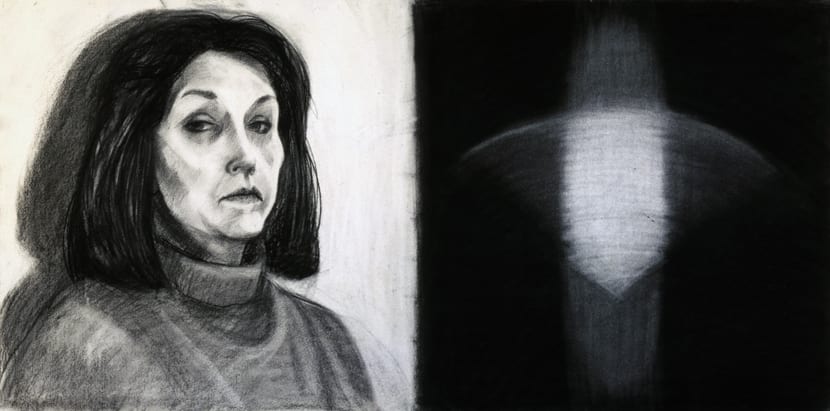
Kay Walking Stick (Cherokee Nation, born 1935)
Is This Me Variation VI, 1989
Charcoal on paper
Museum purchase from the Eiteljorg Contemporary Art Fellowship
Powerful Women
Hard Twist is part of our continuing celebration of Honoring Women, as is another exhibition, Powerful Women, which features contemporary art by Native women artists including Jaune Quick-to See-Smith whose work was recently selected as the first piece of Native American art ever to be purchased by the National Gallery of Art. The exploration of powerful, strong and accomplished women in contemporary art is a subject that is too big and important for a single exhibit to do it justice. Powerful Women II, which opens on April 17, 2021, and runs through March 13, 2022, will feature work by diverse women artists including Anita Rodriguez, Allison Saar, Wendy Red Star and Hung Liu. About all these powerful women, Jennifer Complo McNutt, curator of contemporary art, says, “Each one of these women is celebrating, challenging or enlightening people to create a new perspective, a different perspective, while helping all individuals have a broader view of our world.”
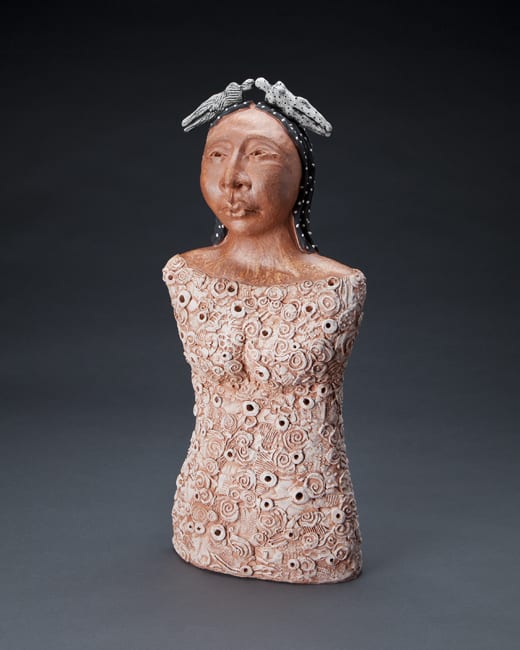 Anita Fields (Osage, born 1951)
Anita Fields (Osage, born 1951)
Opposites Attract, 2005, clay
Gift of Paul and Grace Markovits
HONORING WOMEN IS SPONSORED BY:
Margot L. Eccles Arts & Culture Fund
Capital Group
Chase Private Client
Ice Miller
Citizens Energy Group
Faegre Drinker
HARD TWIST: WESTERN RANCH WOMEN —
PHOTOGRAPHS BY BARBARA VAN CLEVE
From the collection of the National Cowgirl Museum and Hall of Fame, Fort Worth, Texas
JAN 30–APR 25, 2021
#EJHardTwist
Hard Twist receives additional support from Roberts Camera
POWERFUL WOMEN:
CONTEMPORARY ART FROM THE EITELJORG COLLECTION
Second rotation, APRIL 17, 2021–MARCH 13, 2022
#EJPowerfulWomen
Powerful Women II is also sponsored by AARP Indiana
Join us for virtual talks and programming events related to Honoring Women exhibitions. Visit www.eiteljorg.org/calendar for details.
Editor’s Note: This article originally appeared in the February 2021 issue of Storyteller magazine.





